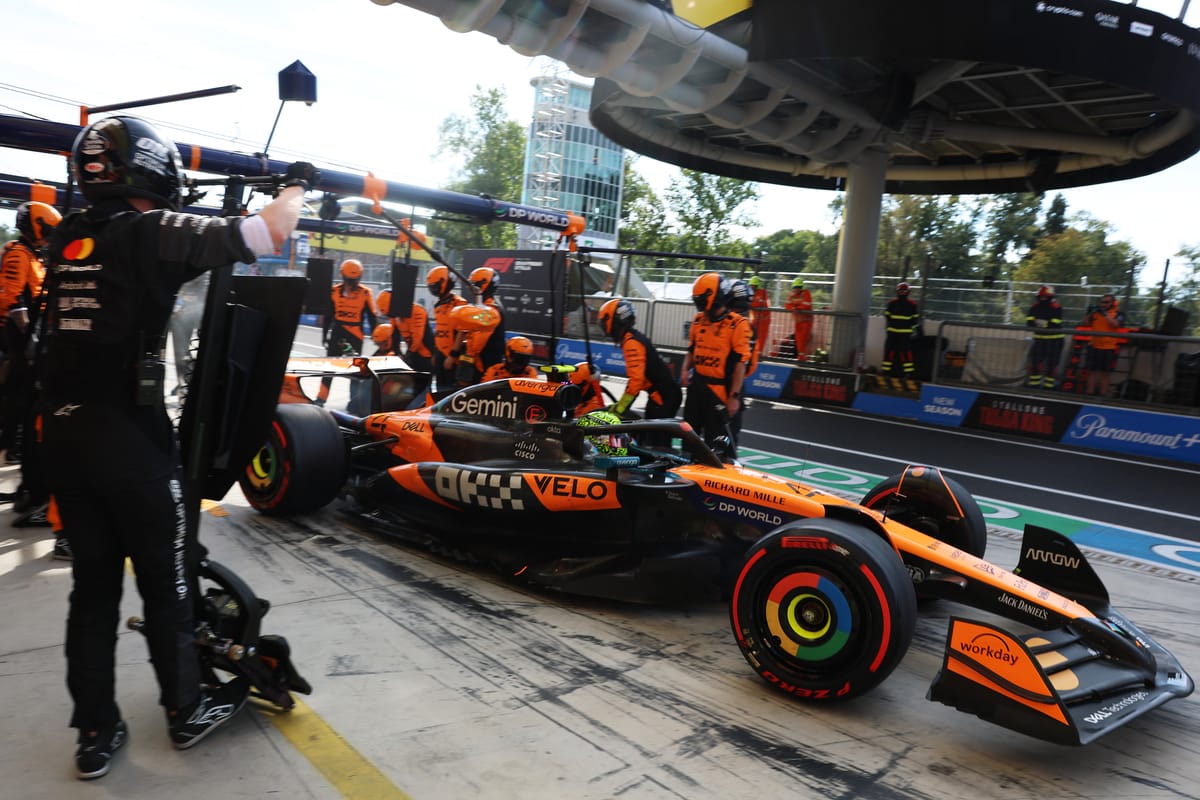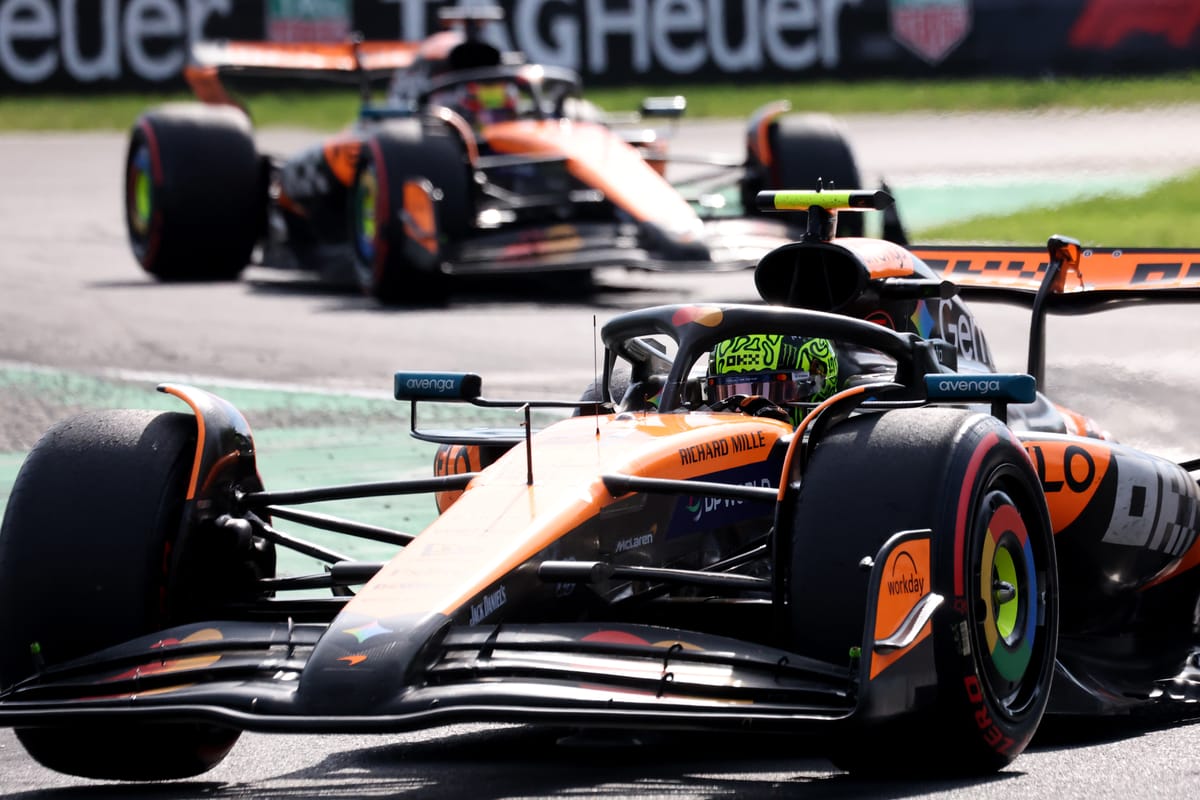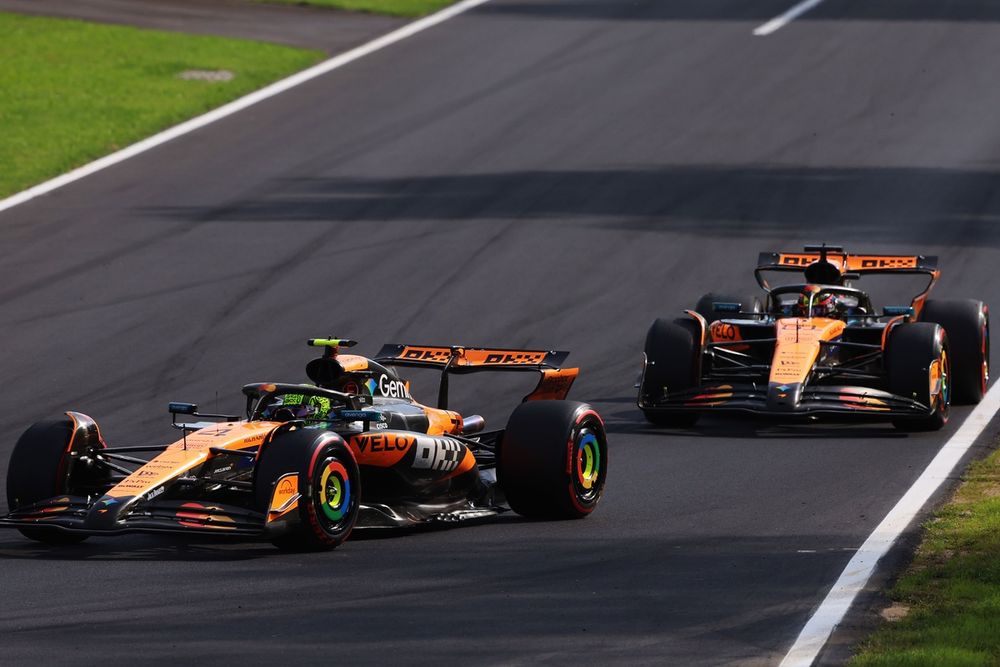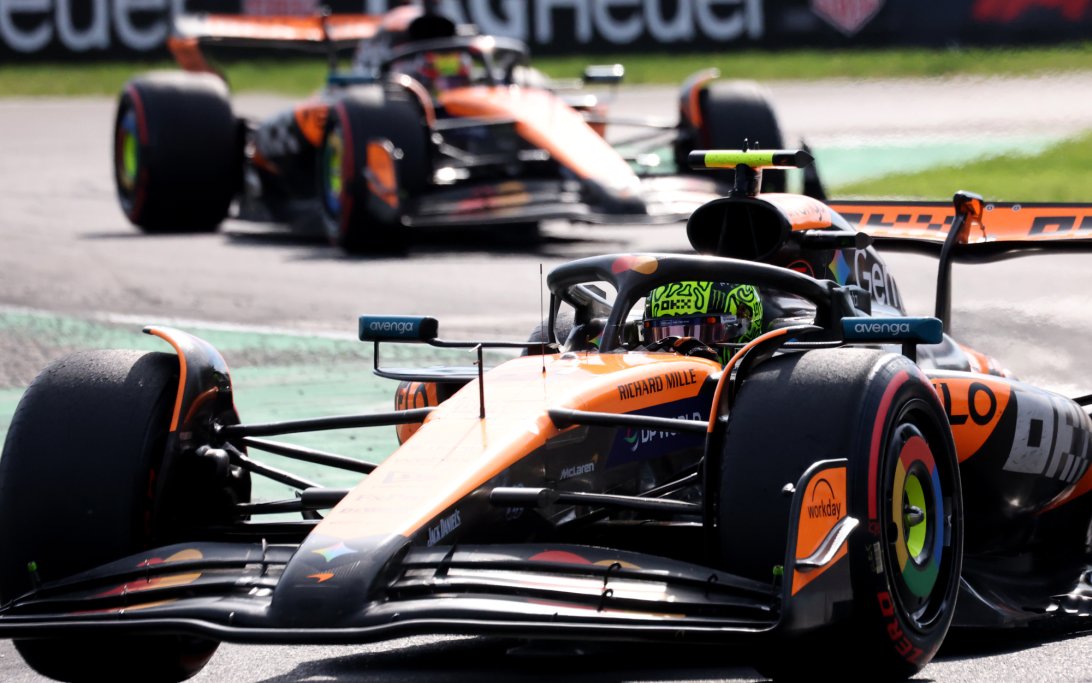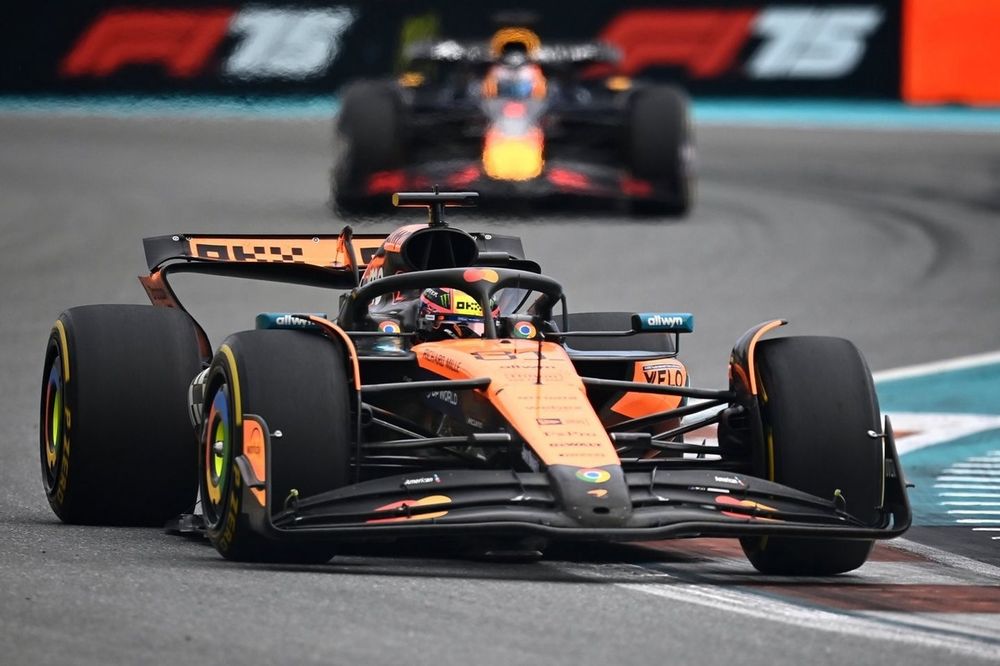
Why McLaren’s Miami F1 Dominance Wasn’t Just About Tire Management
Helmut Marko, Red Bull's advisor, stated after the Miami Grand Prix: "We saw that when McLaren was pushing, we were between seven tenths and a second behind. For the first time, we saw their pure speed." This comment highlighted McLaren's significant performance advantage.
Miami marked the first race where McLaren fully demonstrated its potential, as its speed had been partially obscured in previous rounds due to various circumstances.
Key factors in Miami were the substantial final gap to third place and Lando Norris's rapid recovery after a first-lap incident. Norris, dropping to sixth, overtook four cars in just 13 laps to catch up to leader Max Verstappen.
While DRS (Drag Reduction System) and Verstappen being held up by Oscar Piastri aided Norris's comeback, the sheer pace of the McLaren MCL38 was evident.
The near 40-second gap to third-placed George Russell was one of the largest in the ground-effect era. While tire management, an area where McLaren has shown strength, contributed, it wasn't the sole reason for the dominance.
Andrea Stella, McLaren's Team Principal, praised the engineers for their work in tire management, stating: "Every time conditions become difficult for the tires, particularly with overheating, the car seems to do an excellent job of keeping them in an ideal operating window." He also noted the solutions implemented for tire cooling, which explains McLaren's advantage at hotter circuits.
While McLaren's resurgence began in Miami a year prior with an updated car, the MCL38's tire management was not its forte; high temperatures hindered grip on the soft compound. The current MCL39, however, benefits from lessons learned in 2024, improving not only tire management but also mechanical and aerodynamic versatility, particularly in slow sections where the team previously struggled.
Race data revealed that in the opening stint, Verstappen's tires degraded while battling McLarens, preventing him from fully utilizing the RB20's speed in high-speed sections. McLaren's advantage in speed through Turn 5 increased from an 8 km/h deficit in qualifying to a 15 km/h advantage by the end of the first stint.
In the second half of the race, Verstappen regained pace in fast corners, exploiting his car's primary strength, but it wasn't enough to overcome McLaren's superior performance in slow corners. The MCL39 has transformed a previous weakness of chronic understeer into a significant asset.
The MCL39's versatility allows it to adapt to various tracks, balancing performance in slow corners without compromising much in medium-high speed areas. Miami, a track requiring such a balance, highlighted McLaren's strengths against Red Bull.
Temperature played a role, but not solely. Track temperatures in Miami were comparable to or lower than in Jeddah, yet Red Bull experienced greater tire overheating. Christian Horner attributed this to the sensitivity of tires and temperature variations.
While Red Bull excelled in fast corners in Jeddah, they struggled to find a compromise in Miami, unlike McLaren. This suggests McLaren's success stems from a combination of tire management, operating window optimization, and technical versatility.
Furthermore, the Honda engine, like Ferrari's, requires significant cooling. Red Bull cars often feature larger cooling louvres in hot conditions. Conversely, the Mercedes power unit appears more efficient, allowing McLaren to use tighter, more streamlined bodywork, enhancing aerodynamic efficiency. Stella noted: "There’s another characteristic that works very well with our car: cooling. When it’s hot, you can see how our car remains relatively closed, precisely because a lot of work has gone into this area as well." He believes McLaren's engineering excellence is a key differentiator.
Original Article :https://www.motorsport.com/f1/news/why-mclarens-miami-f1-dominance-wasnt-just-a-...



